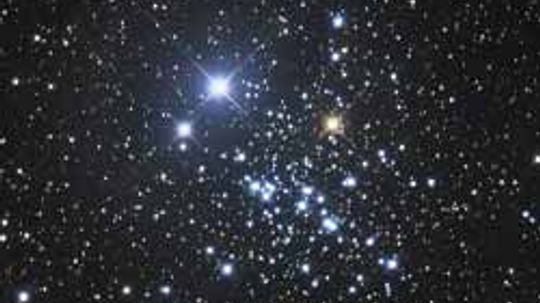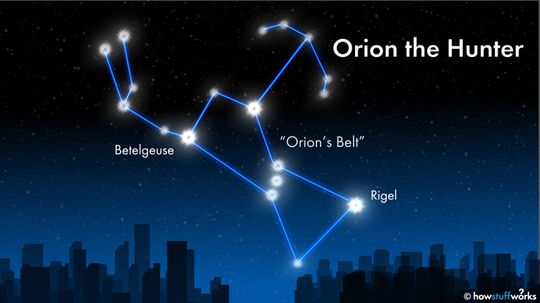Constellations
Constellations are groupings of stars that, when viewed from Earth, form distinct shapes. Constellations have been around since the dawn of recorded history. In this section you will learn all about constellations and their histories.
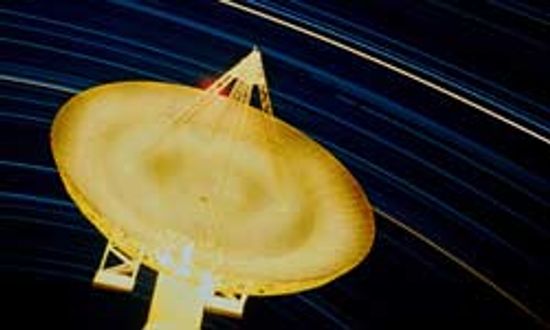
Radio Telescope Image Gallery

How do I build a telescope at home?

Shooting the Stars as an Astrophotographer

10 Types of Stars Blazing and Collapsing in Our Universe
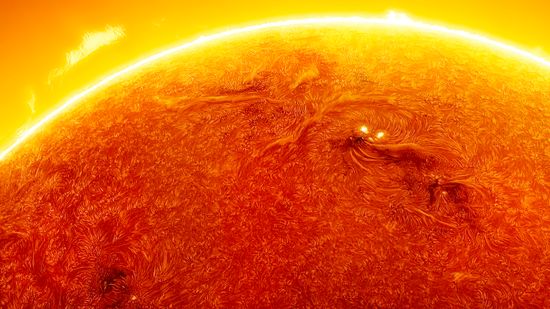
Solar Storm + Earth's Magnetic Field = Auroras Galore

What's the Brightest Star in the Sky? Depends on the Season

Why a Geomagnetic Storm Makes for Pretty Skies and Tech Scares
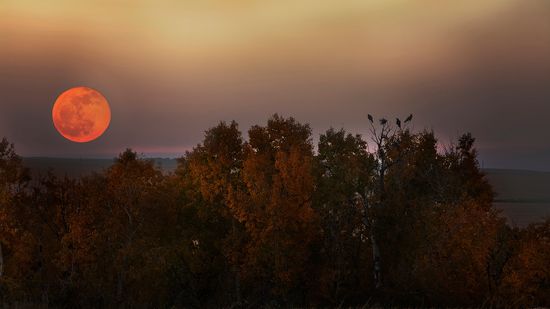
What Is a Harvest Moon?

Mercury Retrograde Explained: Dates, Effects, and How to Cope
Learn More
The night sky has been mapped and studied for thousands of years, with constellations serving as guides for navigation, storytelling and scientific observation. The International Astronomical Union officially recognizes 88 modern constellations, each occupying a specific section of the celestial sphere. Some date back to ancient Greek constellations, while other constellation names were introduced in the modern era.
By Mack Hayden
As every fledgling and seasoned astronomer knows, groups of stars that form some sort of arrangement are known as constellations. Peer at some of the most famous constellations that humans use to navigate, divine the future and tell stories.
Winter is the perfect time to look for Orion's Belt in the Northern Hemisphere. If you're new to stargazing, we'll show you how to find it.

